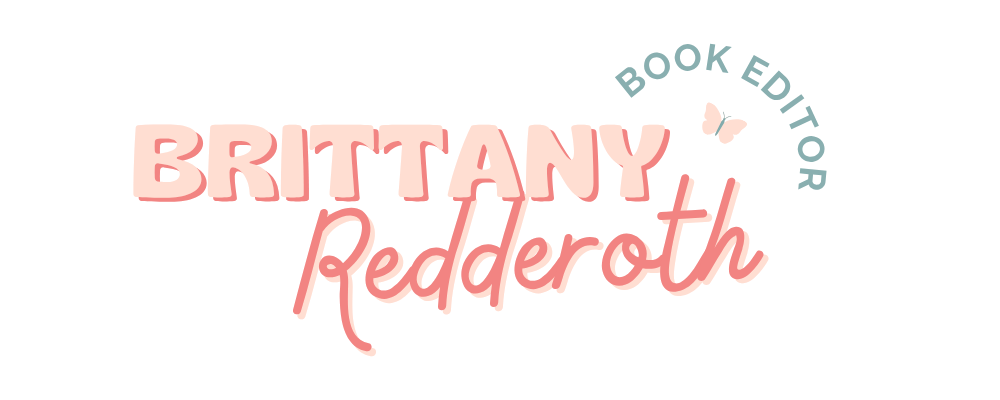The publishing industry, like many other industries, has its own lingo that many editors use among themselves and with their authors. If you’re new to the publishing world, you may find yourself googling some terms to understand what the editor means!
Here are some of the most common words and phrases you may come across as you work with your book editor:
Stet: A Latin word for “let it stand”; an editor may say that they chose to “stet” something, which means they left as-is
Query: A comment in the manuscript (using the comments feature); may include a question for the author or a note of a revision by the editor
Clean document: This can mean two things: 1) a document with all changes accepted or rejected (“a clean, final document”), or 2) a document only needing a light edit. I use the first definition most often but both are common!
CMOS: The Chicago Manual of Style
M-W: Merriam-Webster’s Dictionary
House style: A publishing house’s specific style guide. For example, a publishing imprint’s house style may list preferences for capitalizing locations of towns and villages that don’t follow CMOS’s guidance
Roman type: Normal typeface (as opposed to italics)
Au Pref: Author preference (sometimes you’ll see this on a style sheet)
Silent global change: A change made throughout the document that would have been unnecessary to track every time (like changing all straight quotation marks to curly, for example)




